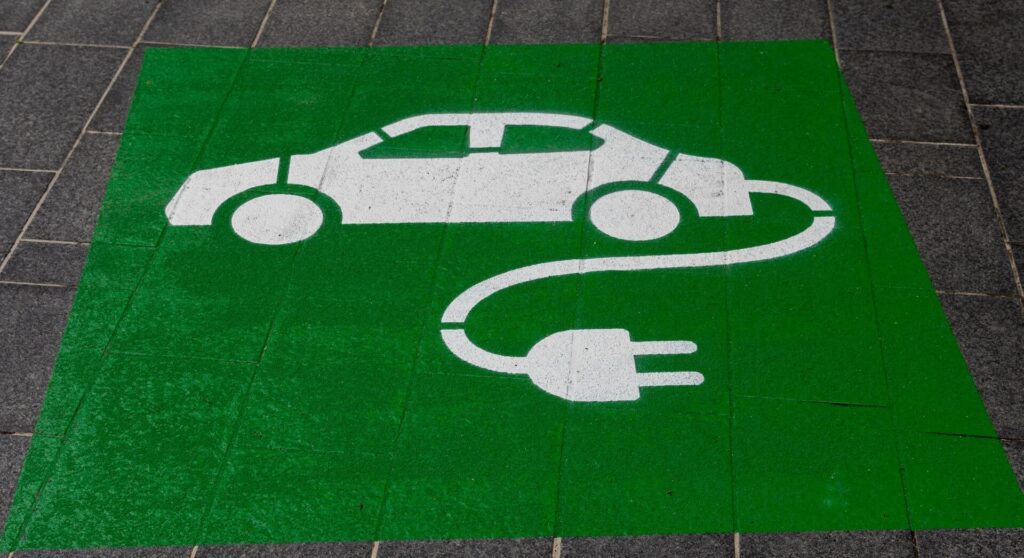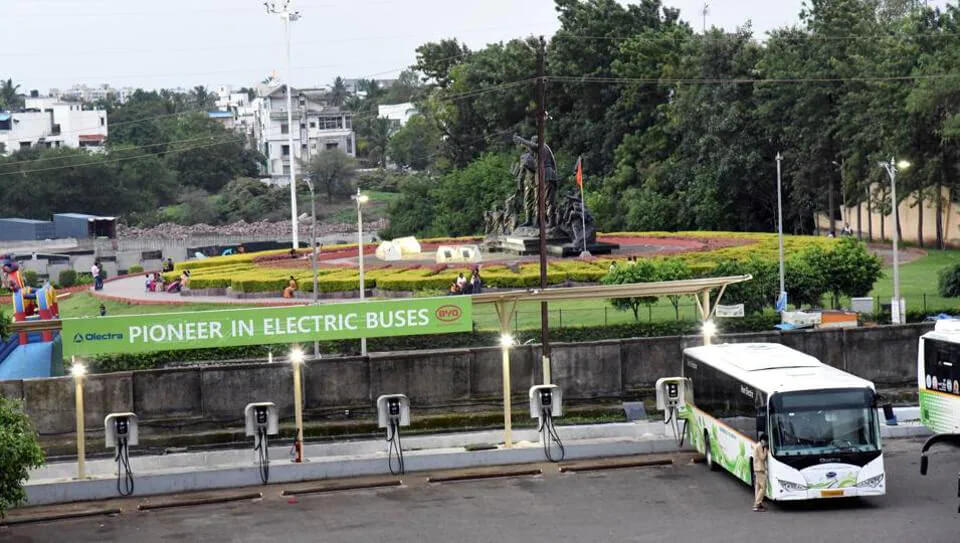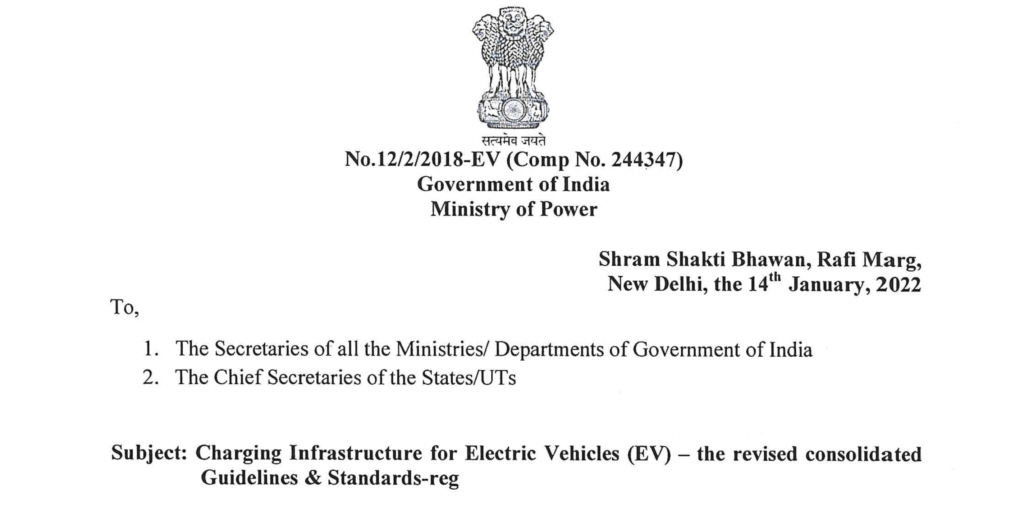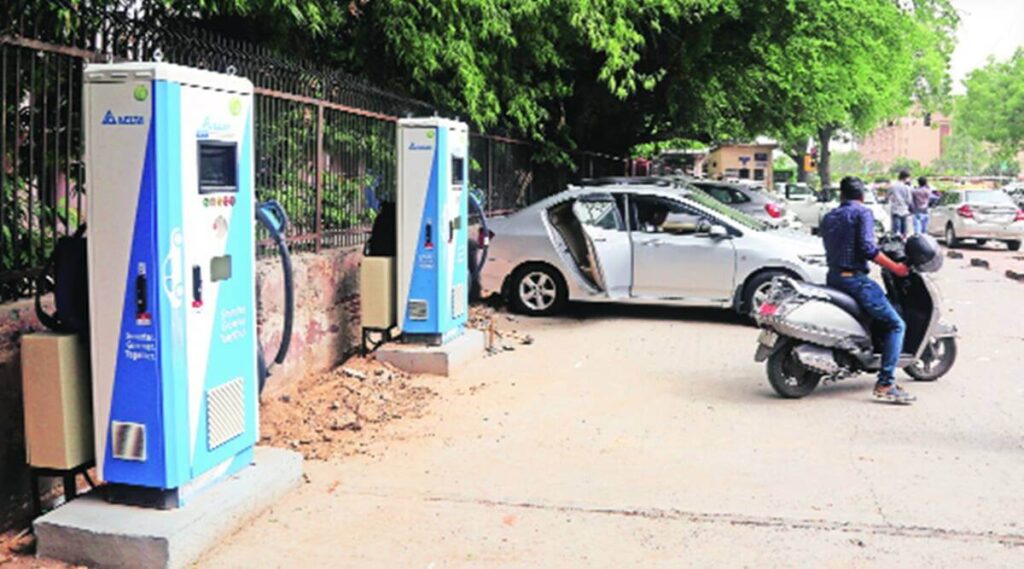In her Budget Speech 2022-23, Hon’ble Finance Minister announced that the Government of India will be introducing Battery Swapping policy and interoperability standards in order to improve efficiency in the EV Ecosystem.
During the COP26 summit in Glasgow, India committed to reduce carbon emission intensity by 45%, and take our non-fossil energy capacity to 500 GW by 2030 and meet 50% of our energy requirements from renewable energy by 2030, and finally achieve the Net Zero target by 2070.
The road transport sector is one of the major contributors to CO2 emissions and accords to one third of the particulate matter emissions. To decarbonize the transport sector, transition to clean mobility, led by electric vehicles, is paramount. Electric mobility represents a viable option to meet these commitments, while packed with innovative business solutions, appropriate technology, and support infrastructure.
Several supporting initiatives have been implemented, such as the Faster Adoption and Manufacturing of Electric (Hybrid) Vehicles in India (FAME) I and II, and the Production Linked Incentive (PLI) for National Programme on Advanced Cell (ACC) Battery Storage (NPACC), to boost indigenous battery manufacturing capacity. State governments are also developing complementary policies to promote EV adoption.
India’s e-mobility revolution is led by the two-wheeler (2W) and three-wheeler (3W) vehicle segments. 2Ws account for 70-80% of all private vehicles, whereas 3Ws play a critical role for last mile connectivity in cities. While the upfront costs for EVs are typically higher than internal combustion engine (ICE) counterparts, these are offset by lower operations and maintenance costs over its lifetime which has brought the total cost of ownership of electric vehicles at par with ICE vehicles.
Battery swapping is an alternative which involves exchanging discharged batteries for charged ones. Battery Swapping de-links the vehicle and fuel (Battery in this case) and hence reduces the upfront cost of the vehicles. Battery swapping is popularly used for smaller vehicles such as 2 and 3 wheelers which have smaller batteries that are easier to swap compared to other automotive segments wherein the same can be implemented mechanically.
Battery swapping offers three key advantages relative to charging: it is time, space, and cost efficient, provided each swappable battery is actively used. Further, Battery Swapping provides level playing field to innovative and sustainable business models such as ‘Battery As a Service’.
In this regard, NITI Aayog held an inter-ministerial discussion to formulate a robust and comprehensive Battery Swapping policy framework in February 2022. NITI Aayog also held an extensive pre-draft stakeholder discussion with a wide spectrum of stakeholders representing Battery Swapping Operators, Battery Manufacturers, Vehicle OEMs, Financial Institutions, CSOs, Think Tanks and other experts.
Salient Features of Draft Battery Swapping Policy
- Vision of Draft Battery Swapping Policy is to catalyze the large-scale adoption of EVs by improving efficient and effective use of scarce resources (viz. public funds, land, and raw materials for advanced cell batteries) for the delivery of customer centric services.
- The key objectives of Draft Battery Swapping Policy are to:
- Promote swapping of batteries with Advanced Chemistry Cell (ACC) batteries to decouple battery costs from the upfront costs of purchasing EVs, thereby driving EV adoption.
- Offer flexibility to EV users by promoting the development of battery swapping as an alternative to charging facilities.
- Establish principles behind technical standards that would enable the interoperability of components within a battery swapping ecosystem, without hindering market-led innovation
- Leverage policy and regulatory levers to de-risk the battery swapping ecosystem, to unlock access to competitive financing.
- Encourage partnerships among battery providers, battery OEMs and other relevant partners such insurance/financing, thereby encouraging the formation of ecosystems capable of delivering integrated services to end users.
- Promote better lifecycle management of batteries, including maximizing the use of batteries during their usable lifetime, and end of life battery recycling.
- Battery swapping falls under the broader umbrella of Battery as a Service (BaaS) business models which involve users purchasing an EV without the battery, which significantly lowers upfront costs, and paying a regular subscription fee (daily, weekly, monthly, etc.) to service providers for battery services throughout the electric vehicle lifetime.
- Battery swapping is still nascent in India but gaining ground especially for commercial and fleet operations.
- The Policy will only support batteries using “Advanced Chemistry Cells” (ACC), with performance that is equivalent or superior to EV batteries supported under the FAME-II scheme.
- To implement unique traceability across the battery lifecycle, a Unique Identification Number (UIN) shall be assigned at the manufacturing stage for tracking and monitoring EV batteries. Similarly, a UIN number will be assigned to each Battery Swapping Station.
- Batteries shall be tested and certified as per AIS 156 (2020) and AIS 038 Rev 2 (2020) standards for safety of traction battery packs, as well as additional tests that may be prescribed for swappable batteries which are subject to multiple coupling/ decoupling processes at the connectors.
- The Electric Vehicle Supply Equipment (EVSE) used at the swapping station must be tested and approved by the National Accreditation Board for Testing and Calibration Laboratories (NABL) or agency appointed by the central nodal agency for battery swapping.
- To encourage “back-end” interoperability in the battery swapping ecosystem, an open standard communication protocol such as OCPP may be adopted, which must allow switching of networks.
- All metropolitan cities with a population greater than 4 million (as per Census 2011) will be prioritized for development of battery swapping networks under the first phase.
- The Bureau of Energy Efficiency (BEE), the Central Nodal Agency responsible for the rollout of EV public charging infrastructure, will be responsible for the implementation of battery swapping networks across the country.
- Any individual or entity is free to set up a battery swapping station at any location, provided that the specified technical, safety and performance standards are adhered to.
| Last date for submitting the comments | 5th June 2022 |
| Submit your views in the google form | Click Here |
Download in PDF
Draft Battery Swapping Policy April 2022



